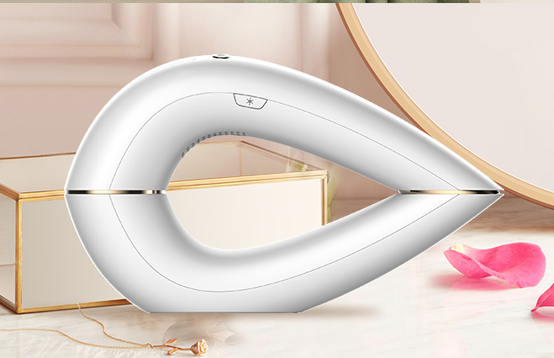Laser hair removal and IPL for hair removal explained
When used as hair-removal methods, both lasers and intense pulsed light (IPL) use light to heat hair follicles and prevent regrowth. While similar-sounding, the technology used by each really isn’t, with the key difference being the light source used.

Let see which hair-removal method is right for you?
1、Laser hair removal explained
Laser treatment affects hair in the active growth phase (anagen stage). The laser beam is made up of precisely controlled pulses of energy which are absorbed by the melanin or pigment in the hair, reaching into the active hair follicles that lie beneath the skin. Essentially, the energy heats the hair – right down to the bottom of the root – safely destroying it without damaging surrounding tissue or skin. This process is also called photo thermal destruction,
Most people will need a course of between six and eight sessions, after which time the hair will be visibly reduced or permanently removed and the skin will appear smooth and even.
2、IPL for hair removal explained
IPL technology – also known as intense pulsed light technology – is actually not a laser treatment, In contrast to laser hair removal it uses a broad spectrum of light with multiple wavelengths. This means it has more unfocused energy around the hair and skin area. So, IPL uses multi-spectrum lights whereas laser use single spectrum light, meaning IPL energy is scattered and much weaker. Laser has a densified light, and all energy is focused on this single light.
When it comes to IPL, Spectrum lights are measured as wavelength (nm), for example, 510nm wavelength means this spectrum light can penetrate 510nm deep beneath the skin. 510nm wavelength light is best attracted to melanin, so it is best used for hair removal. 532nm means light can reach up to 510nm beneath the skin. Red cells in blood has highest absorption towards this light, so IPL is very effective at treating the appearance of superficial broken capillaries.

 EN
EN  ES
ES PT
PT SV
SV DE
DE TR
TR FR
FR


